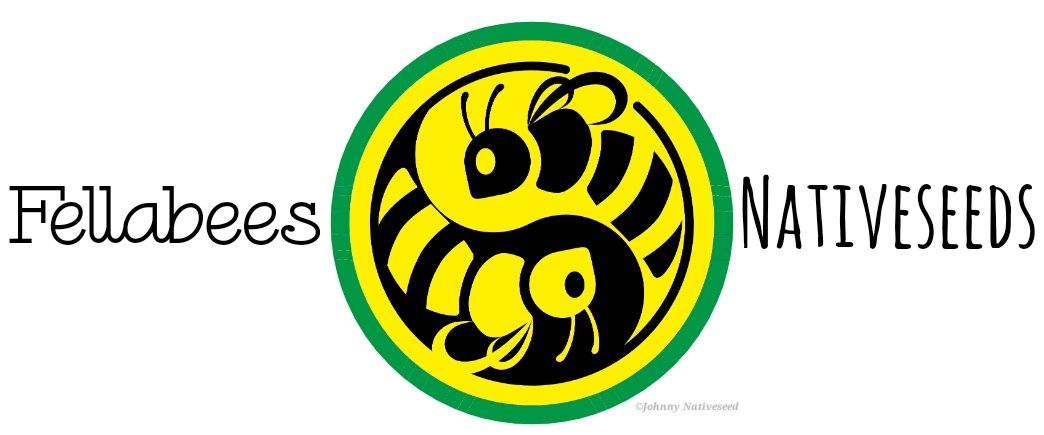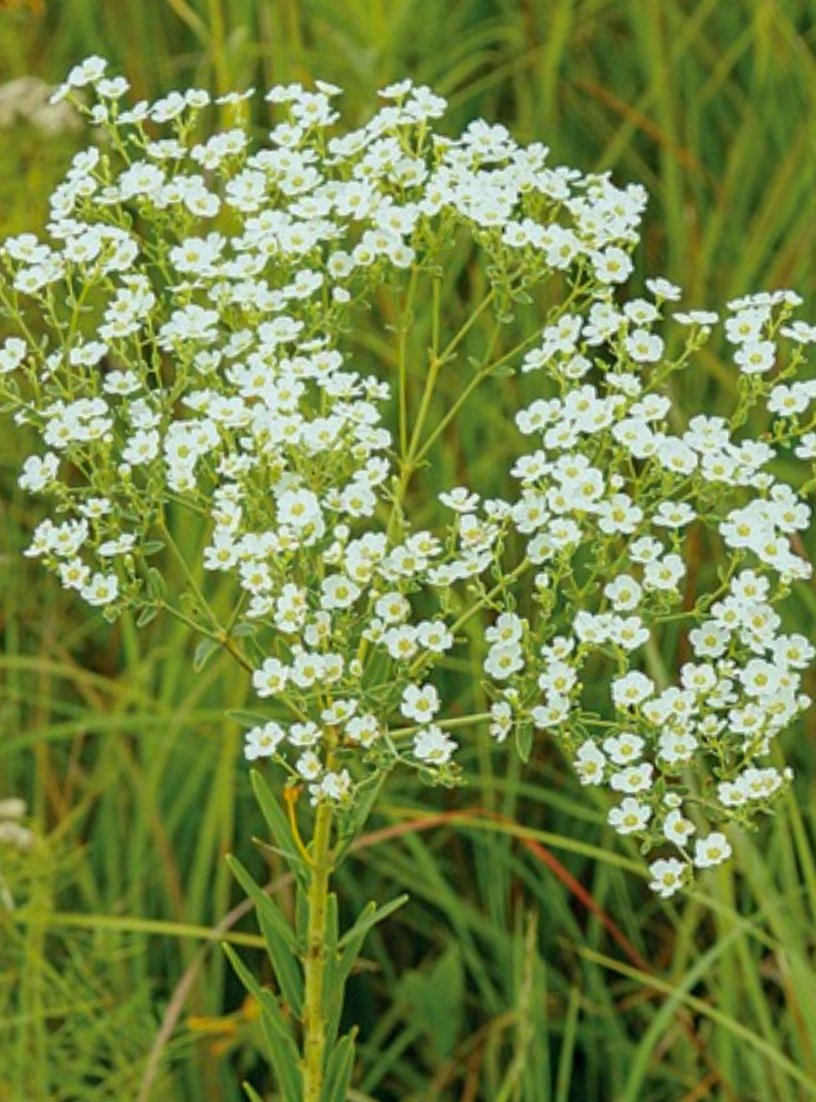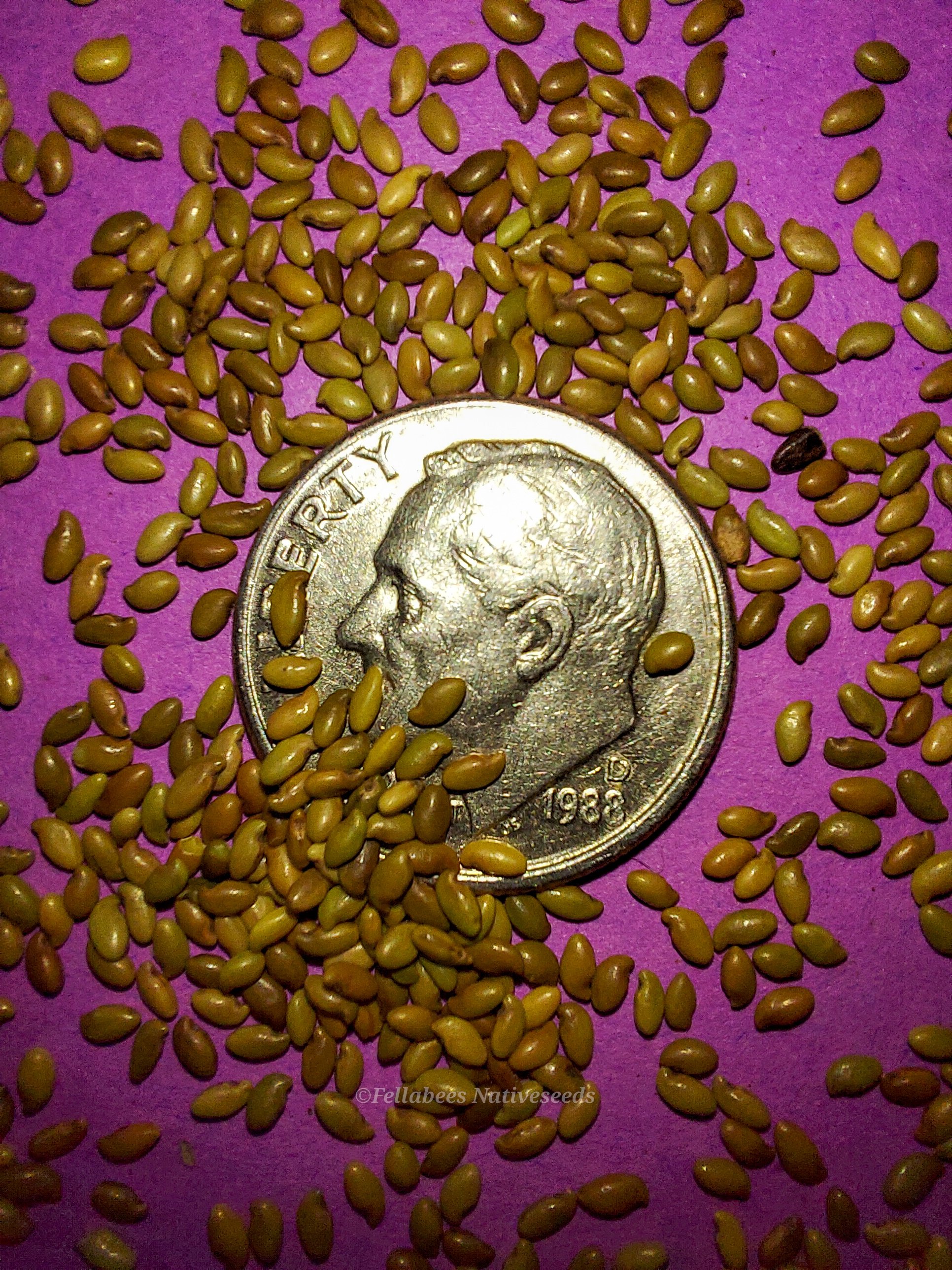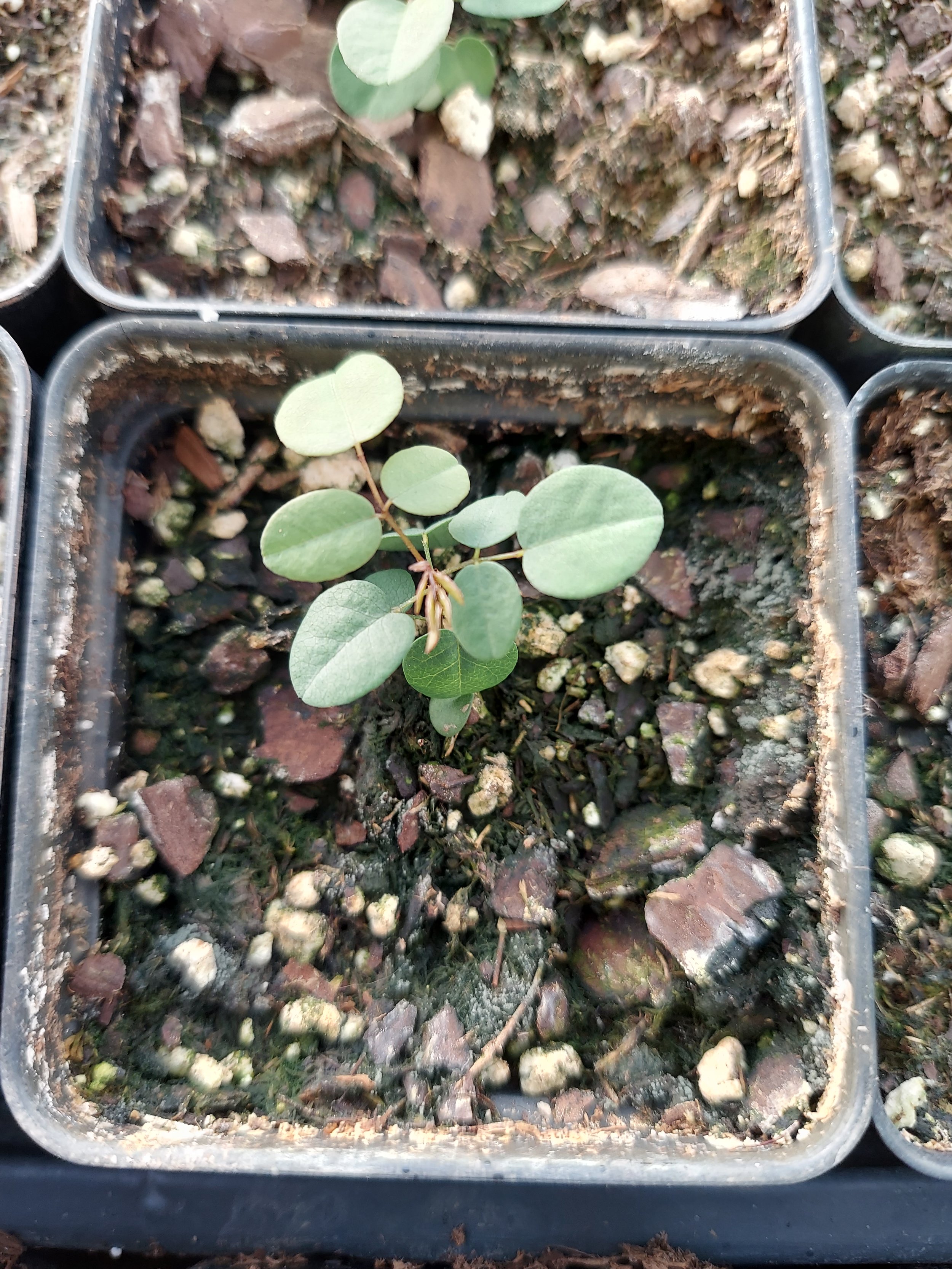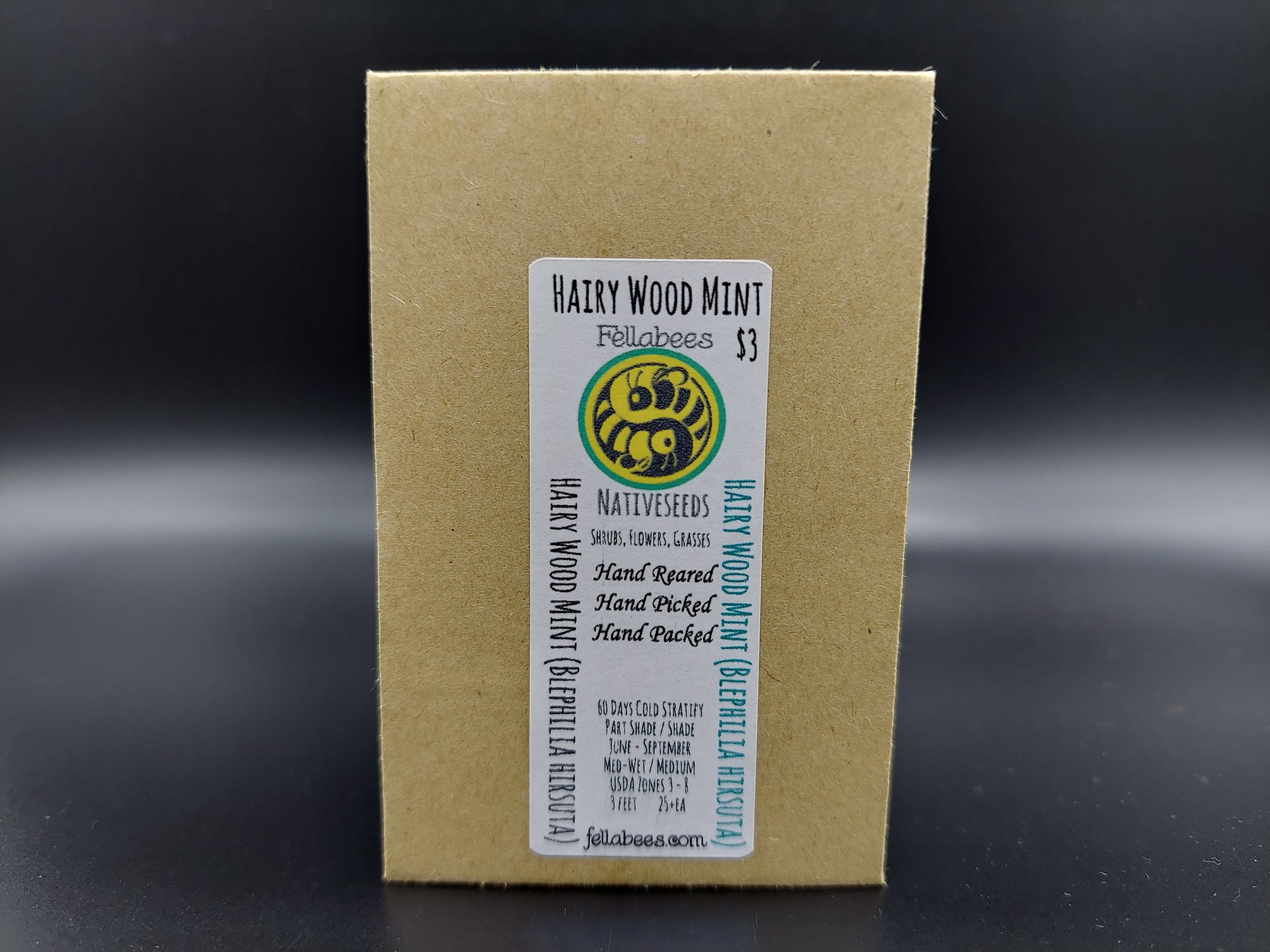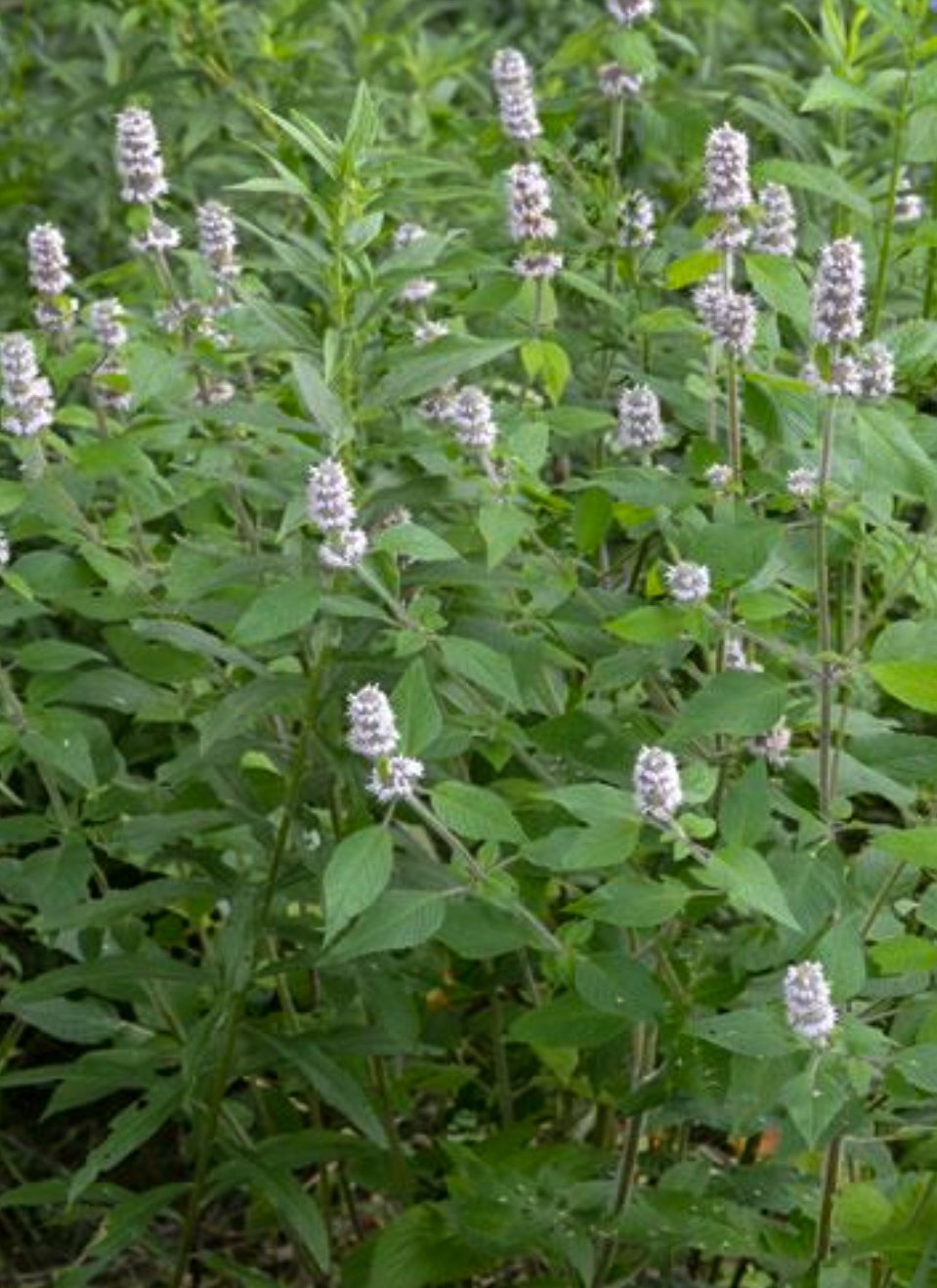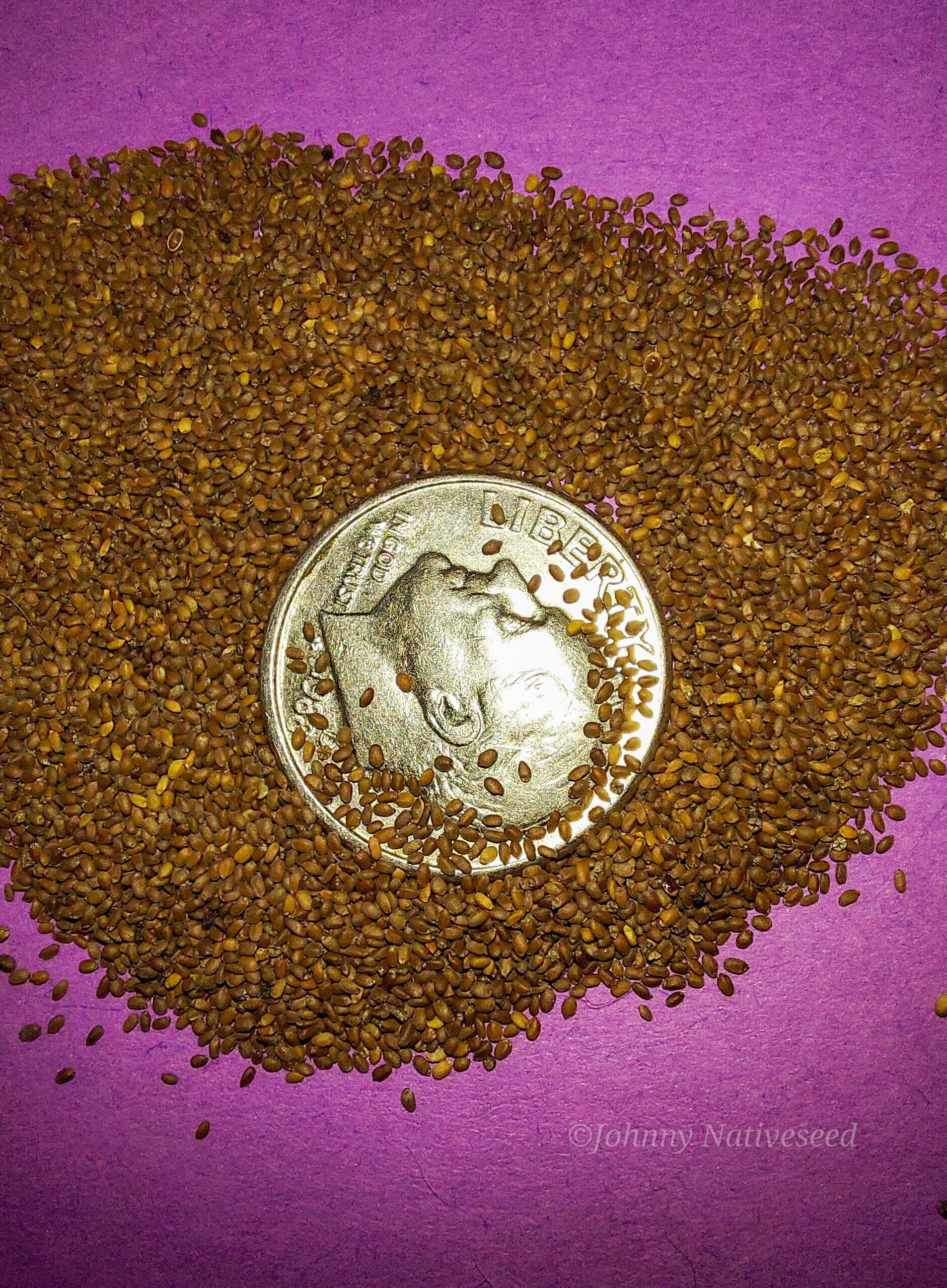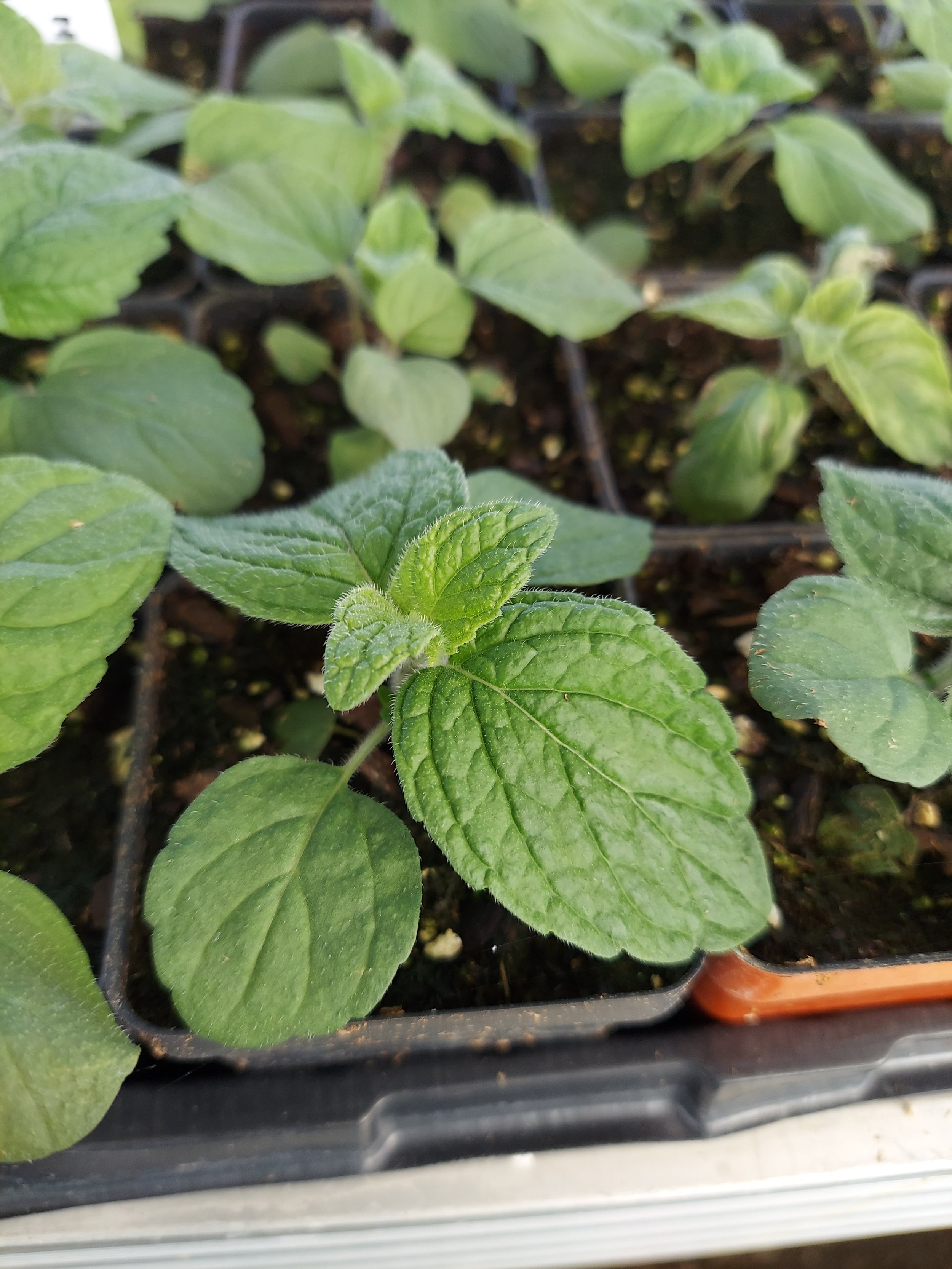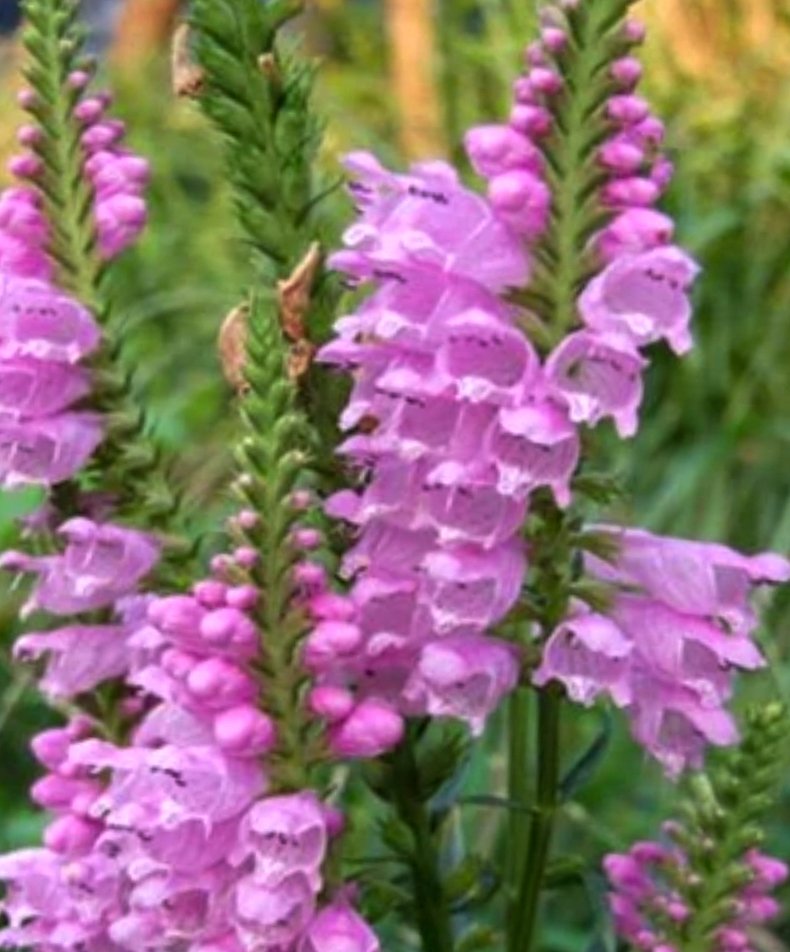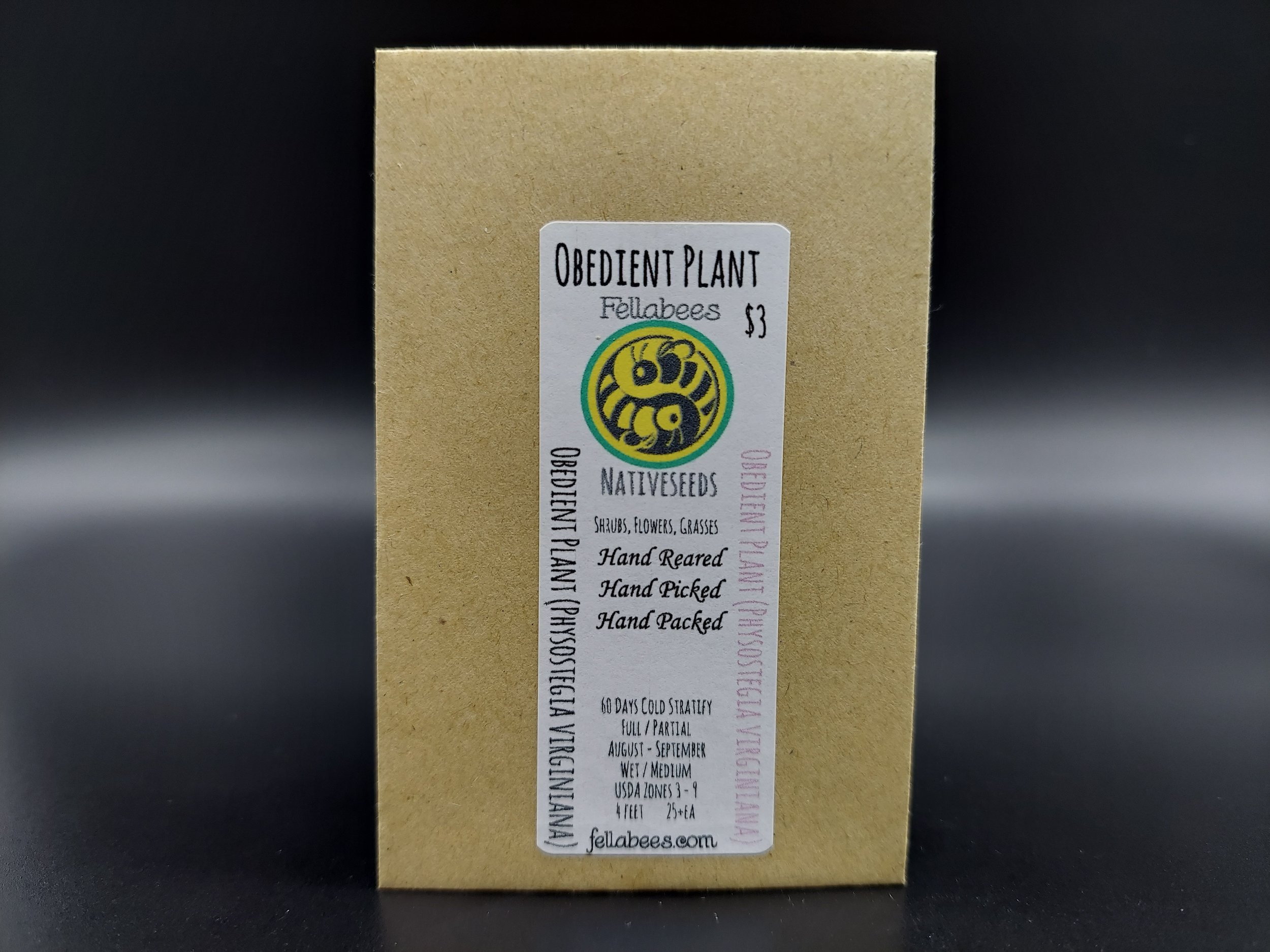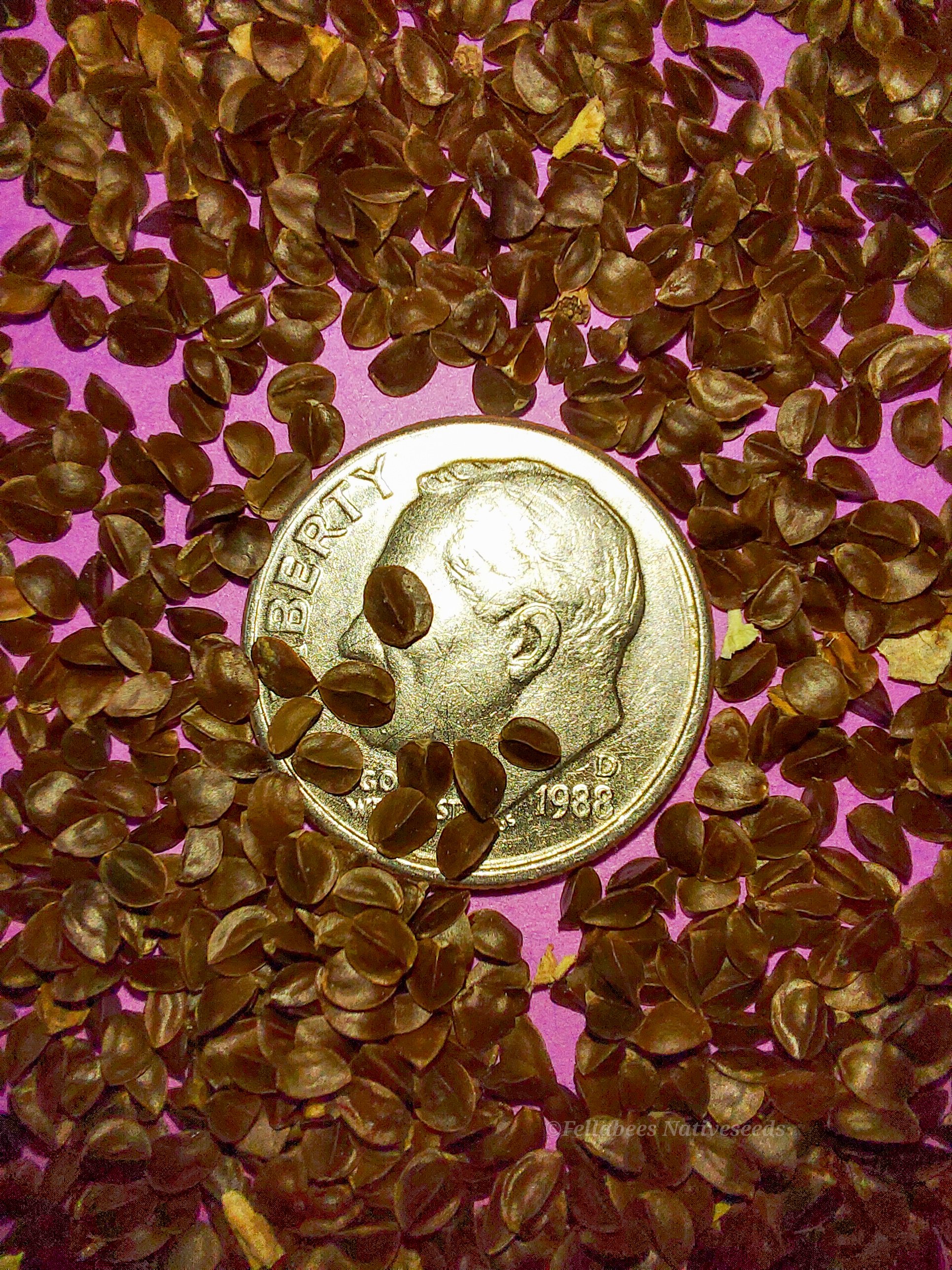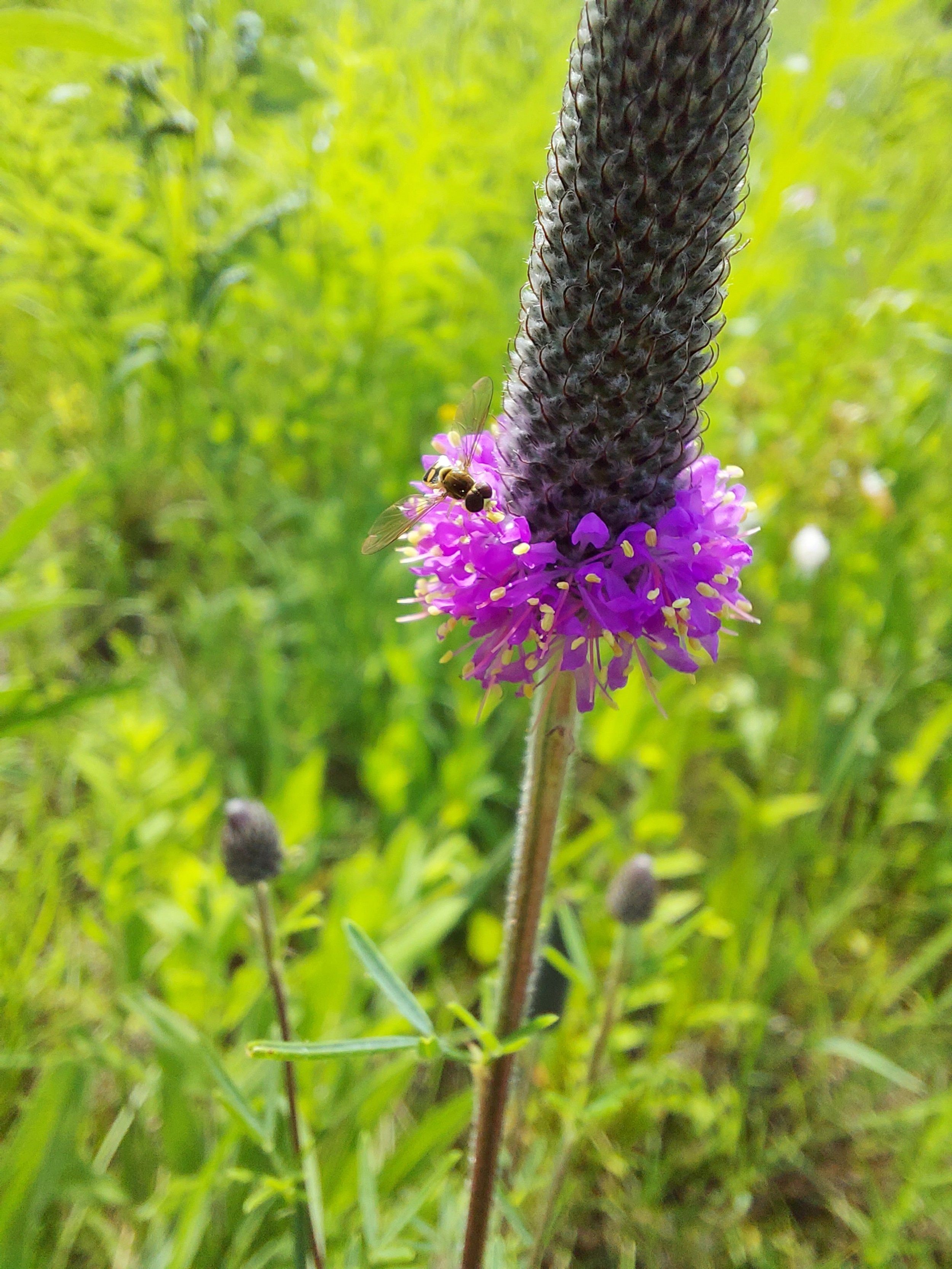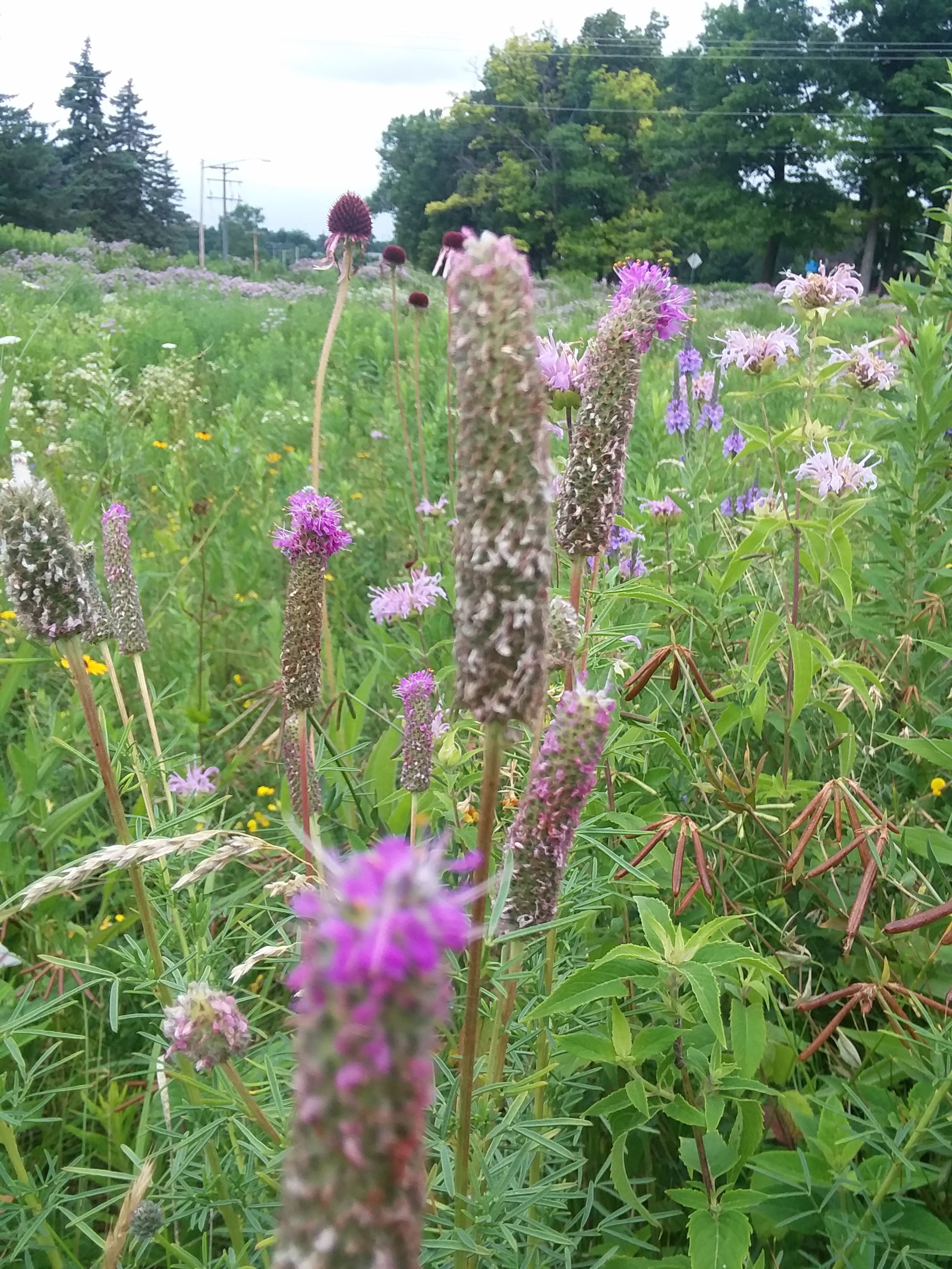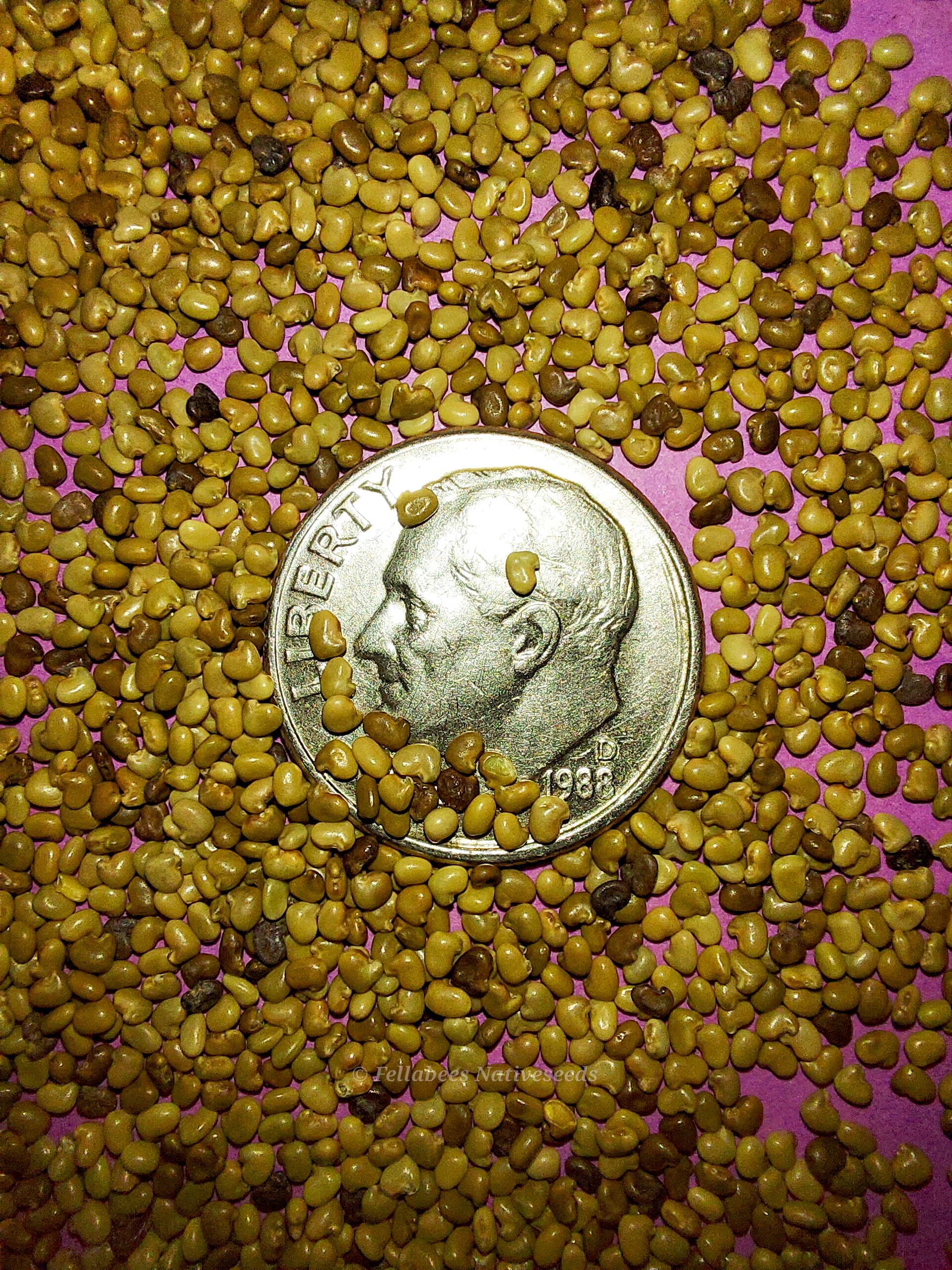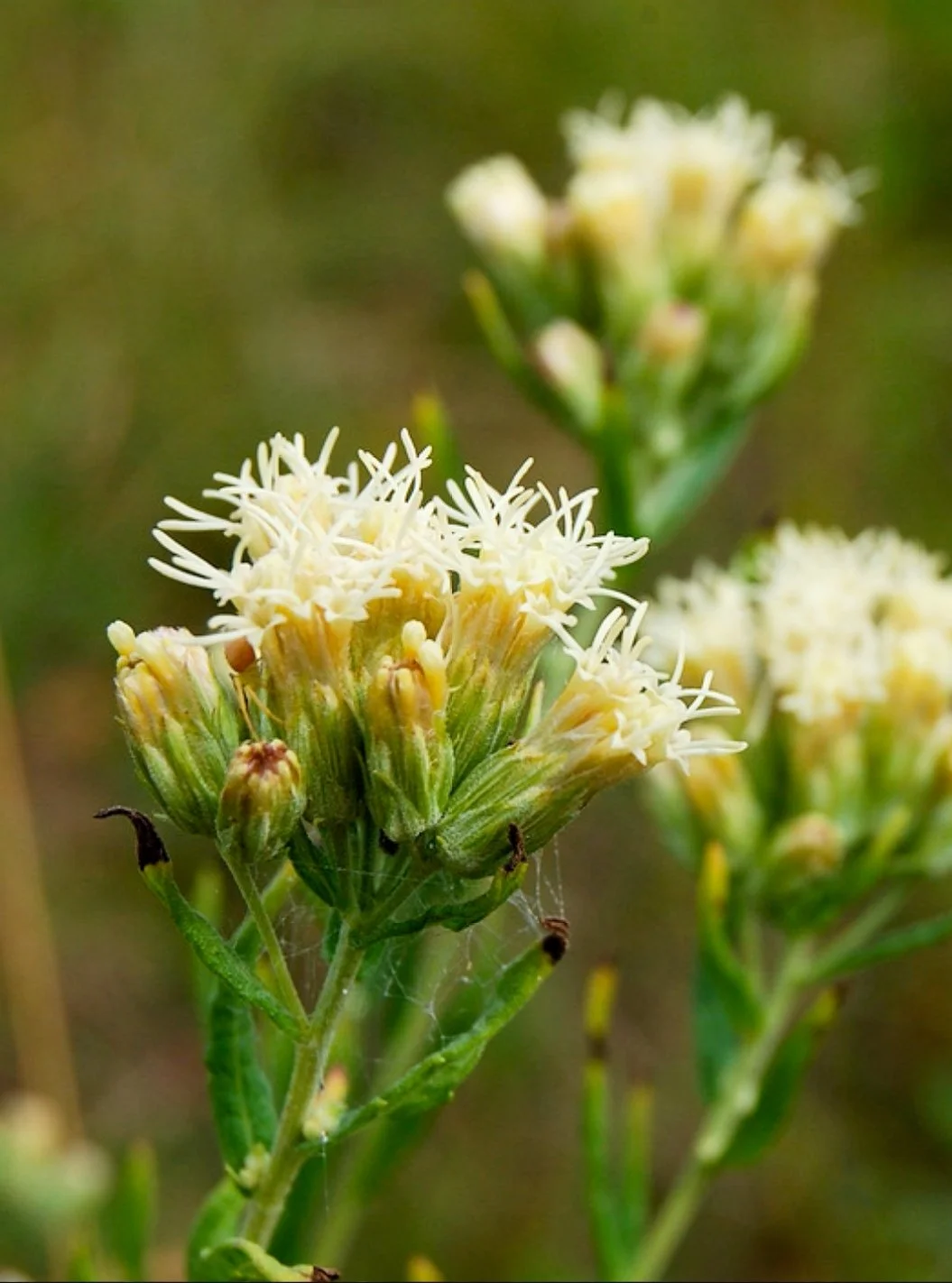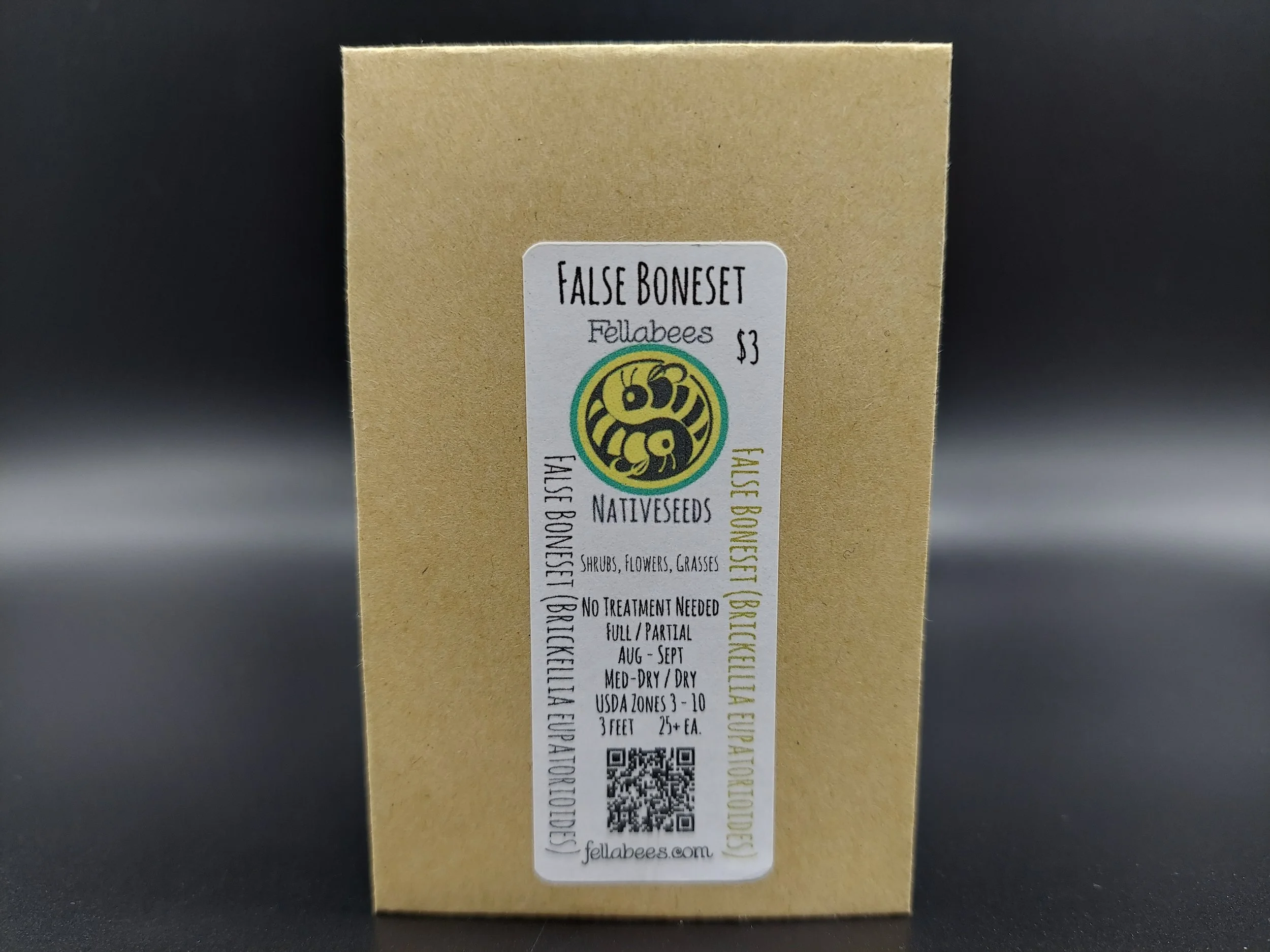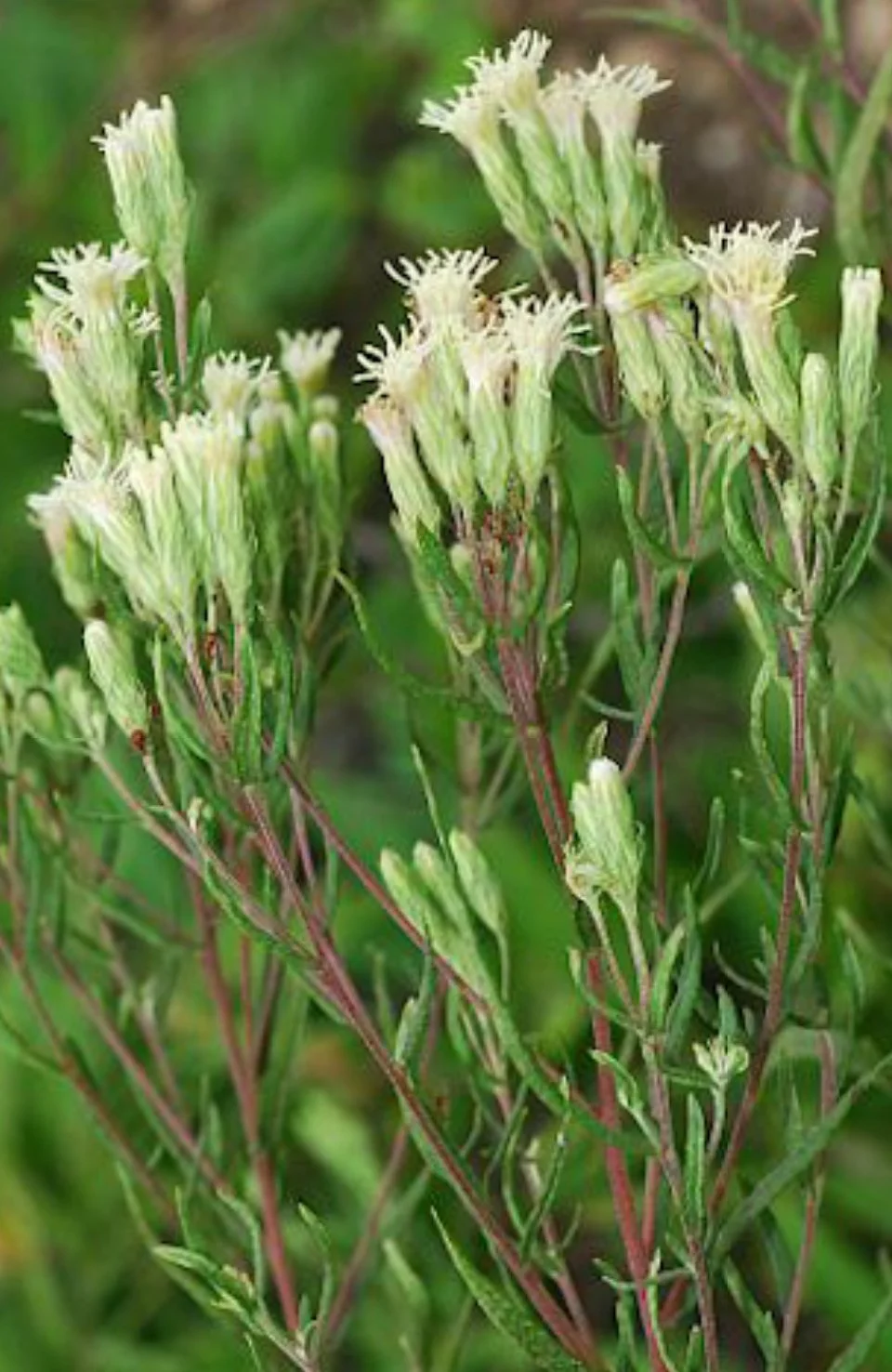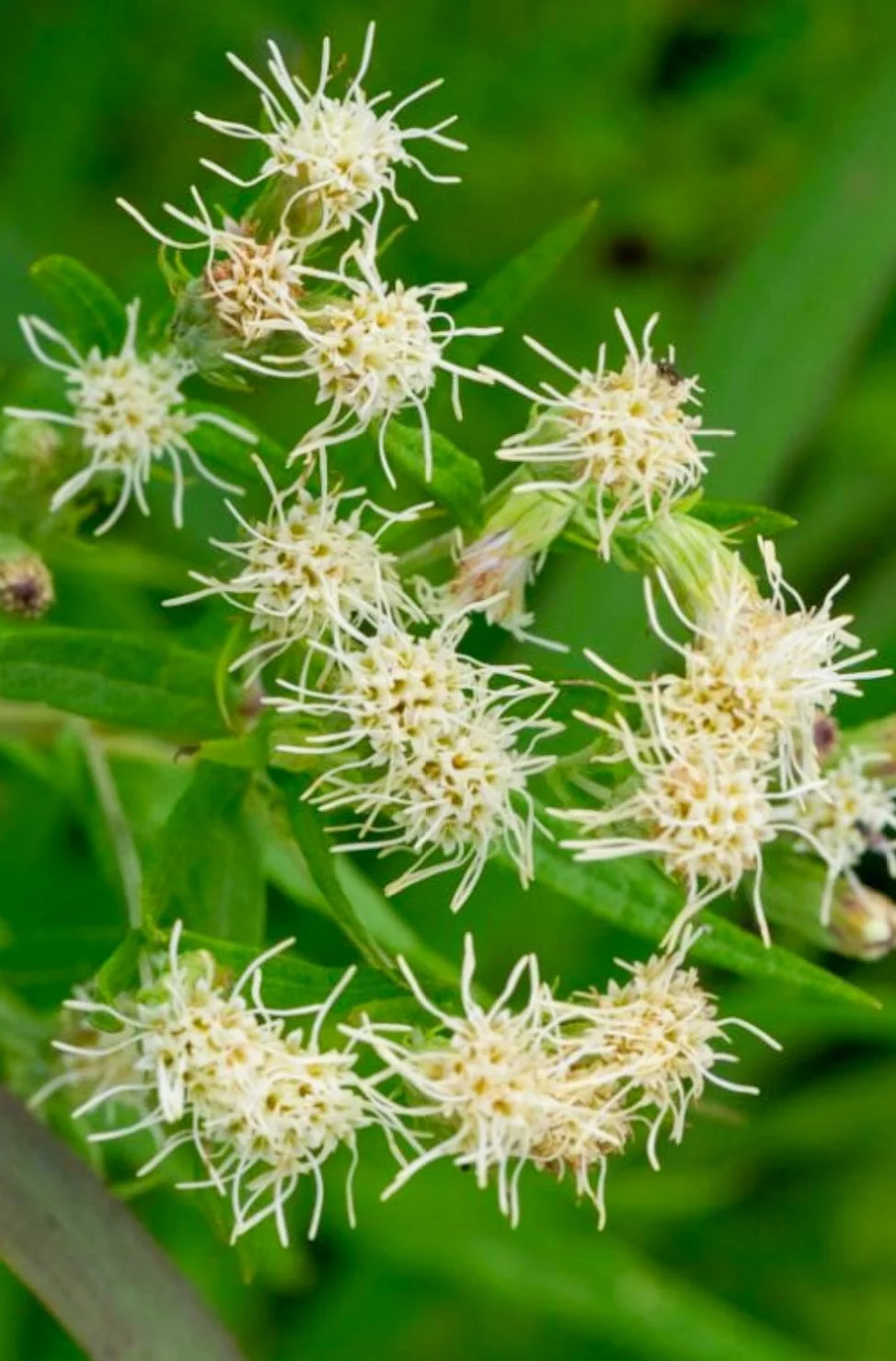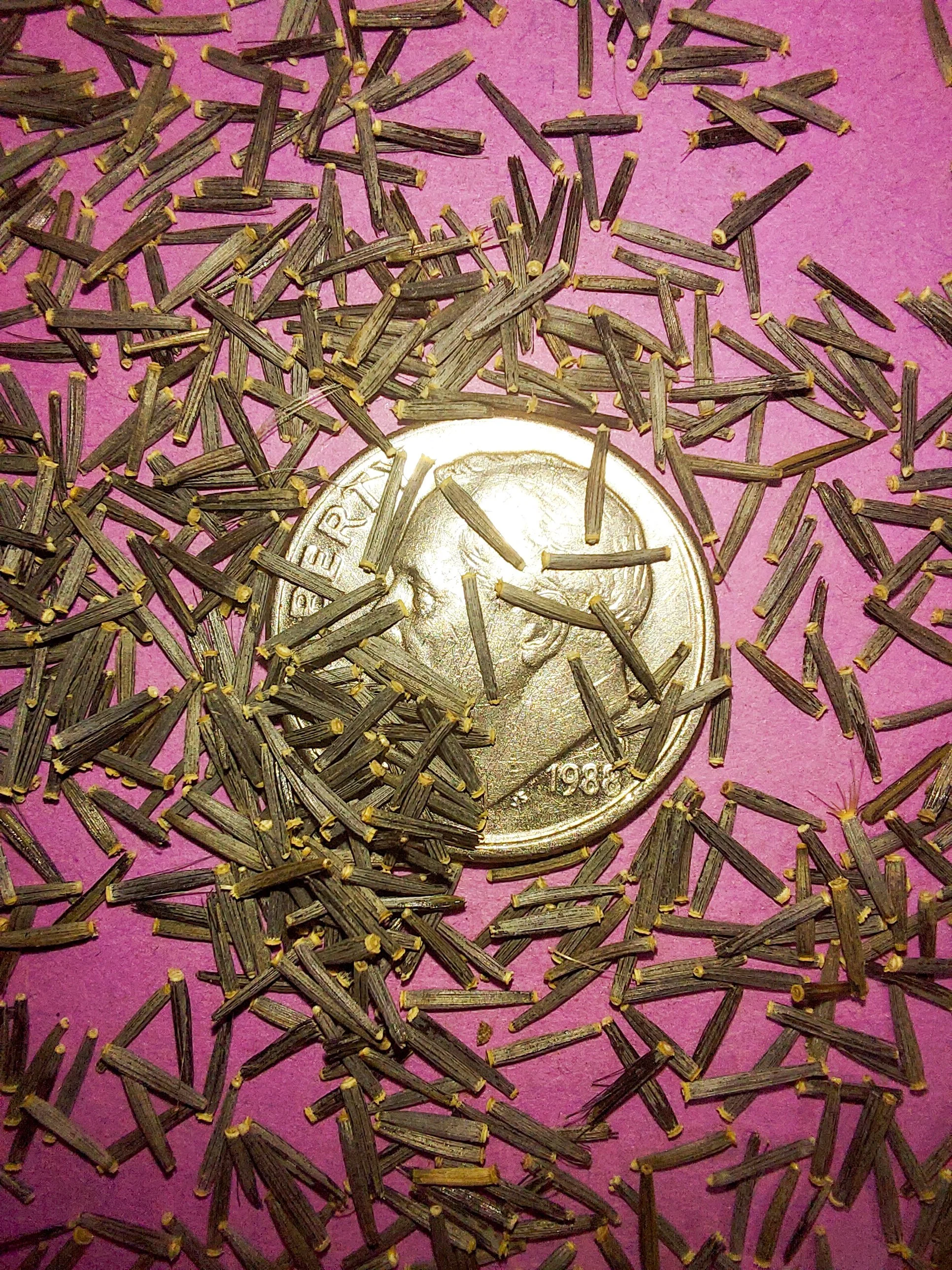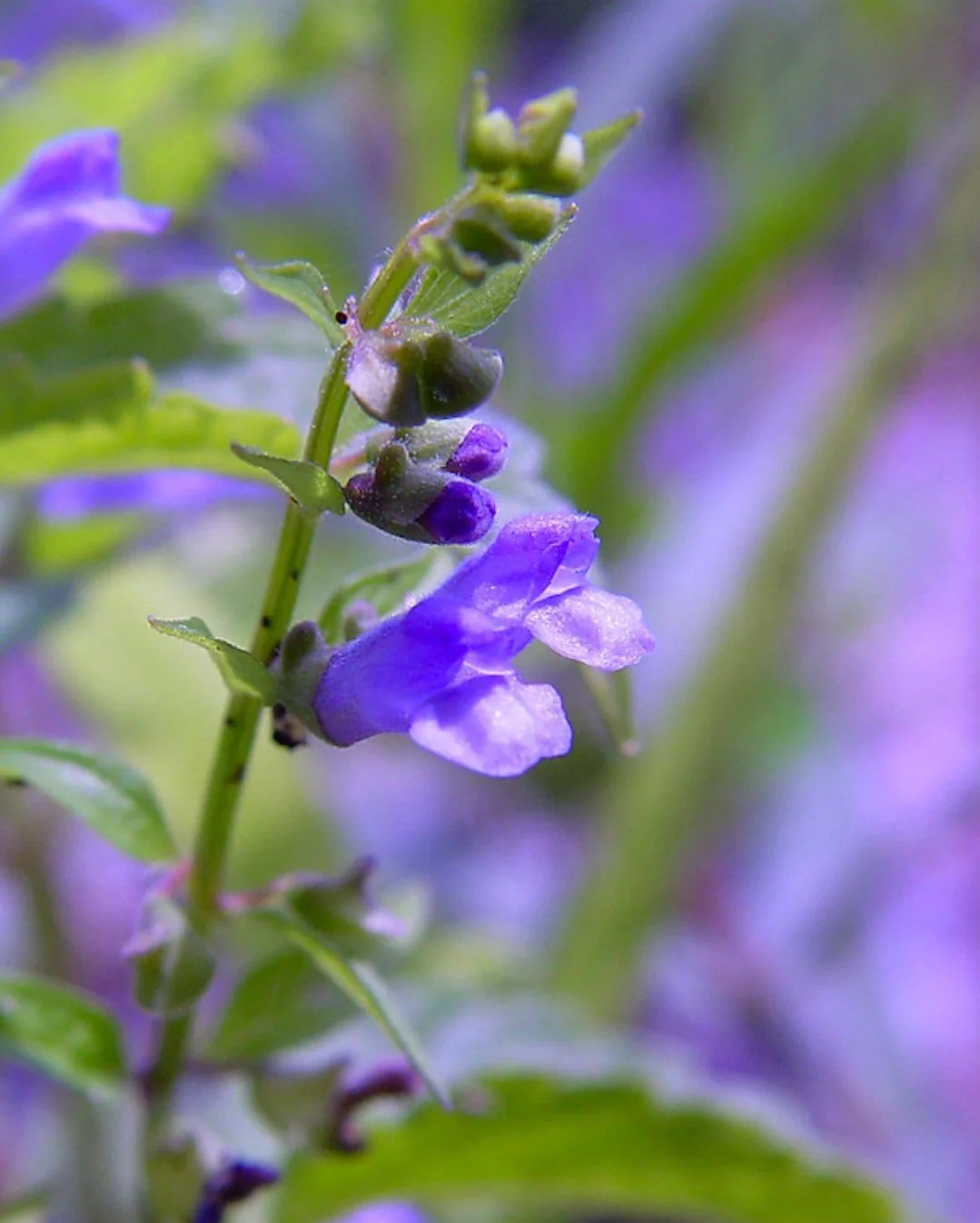 Image 1 of 7
Image 1 of 7

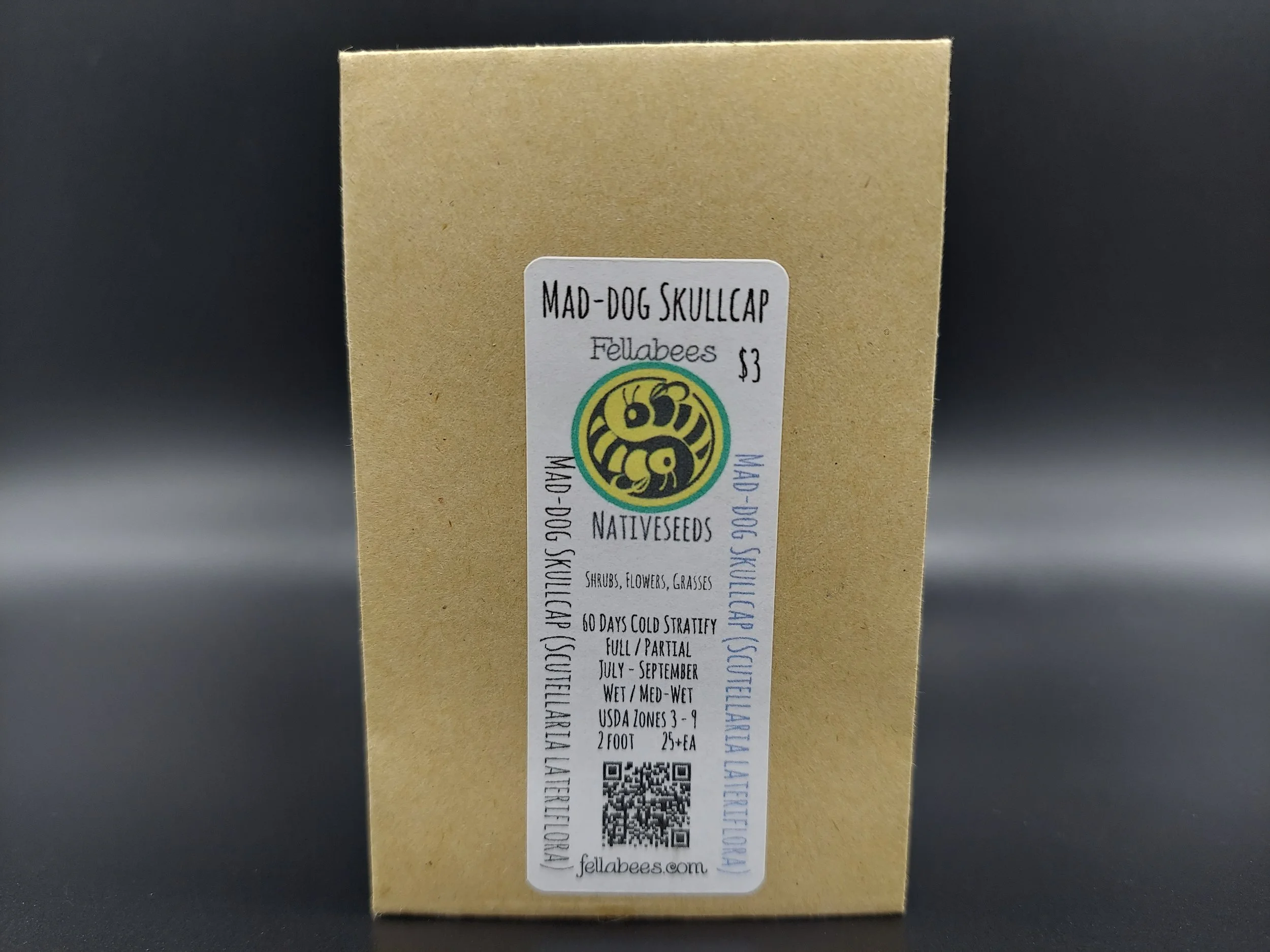 Image 2 of 7
Image 2 of 7

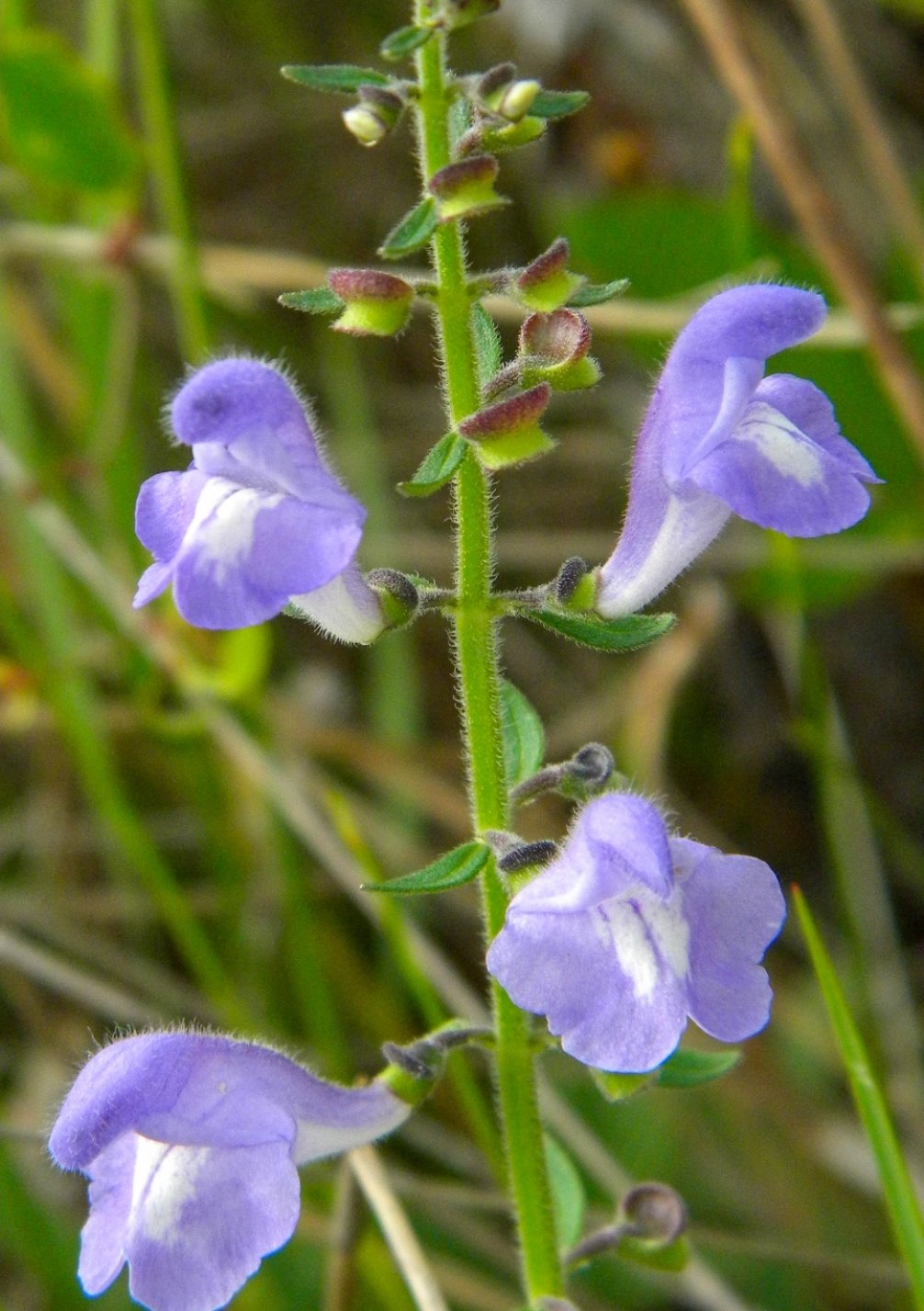 Image 3 of 7
Image 3 of 7

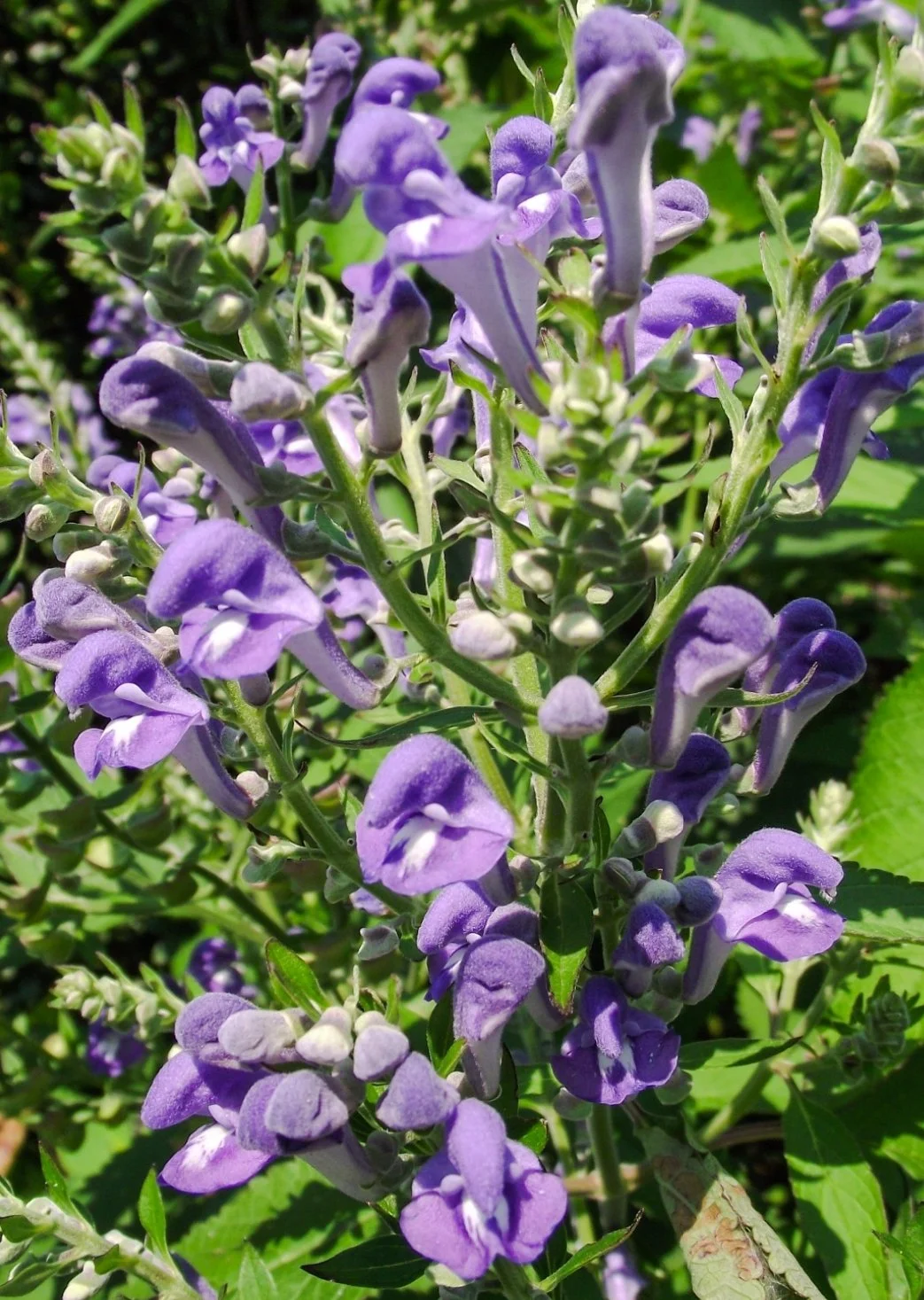 Image 4 of 7
Image 4 of 7

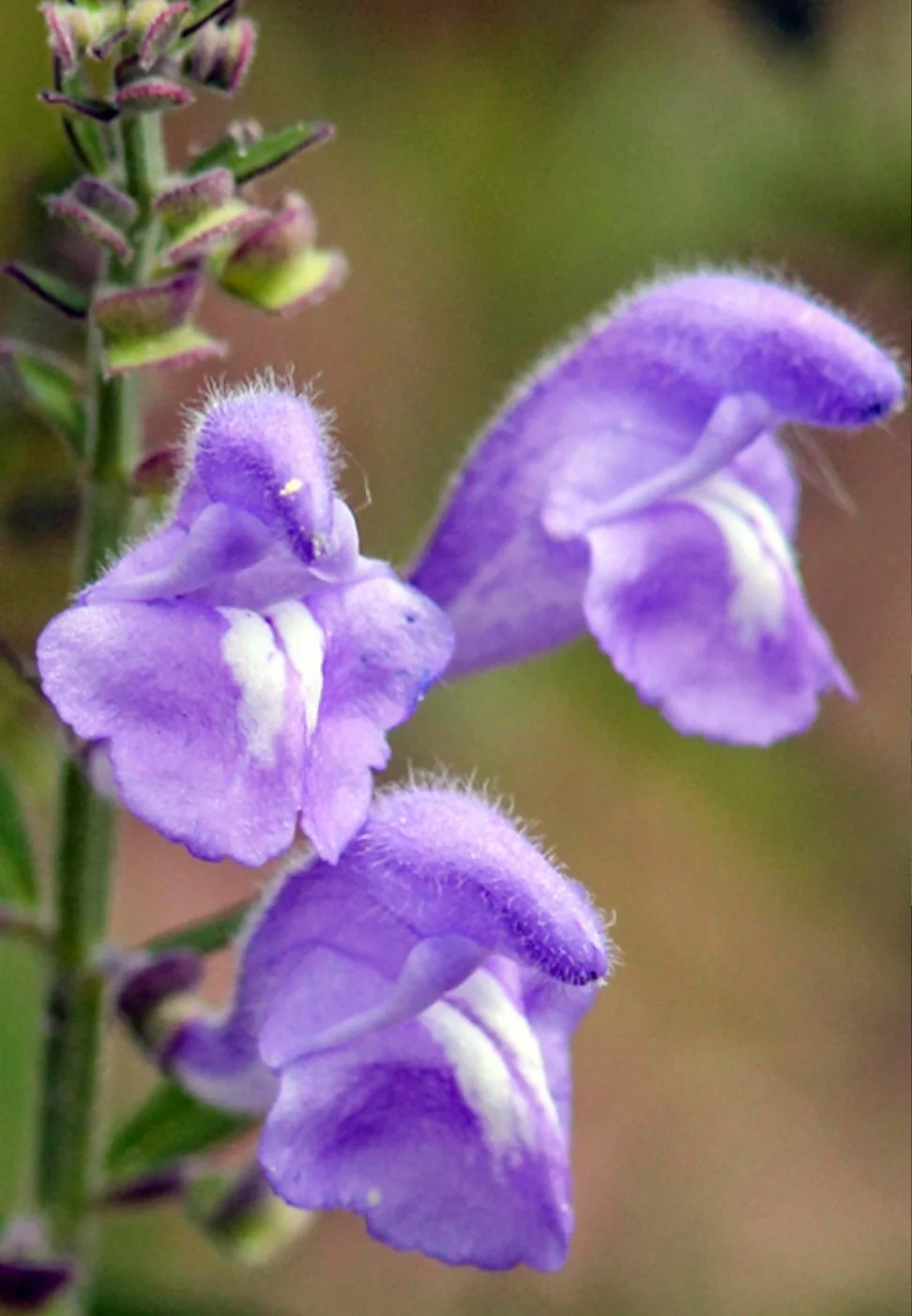 Image 5 of 7
Image 5 of 7

 Image 6 of 7
Image 6 of 7

 Image 7 of 7
Image 7 of 7








Mad-dog Skullcap (Scutellaria lateriflora)
Mad-dog Skullcap (Scutellaria lateriflora)
Scutellaria lateriflora is the scientific name for the species more commonly known as Mad-dog Skullcap, which is otherwise colloquially referred to as Blue Skullcap or Side-Flowering Skullcap. Mad-dog Skullcap belongs to the Lamiaceae (Mint) family and is a perennial plant characterized by its toothed, opposite leaves and a distinct square, usually hairless stem. It produces small, trumpet-shaped flowers in delicate shades of pale blue, lavender, or white, typically blooming from July through September. These tiny flowers, generally found either in pairs or singly along the stem, are highly attractive to a variety of native bees, making it a valuable plant for supporting local pollinator populations.
Mad-dog Skullcap grows best in consistently wet environments such as meadows, swamps, bogs, and along shorelines. It spreads gradually through underground stems called rhizomes, allowing it to expand without aggressively overtaking other nearby plants. Because of its bitter taste and mild toxins, it is generally avoided by deer and rabbits. The name "Skullcap" comes from the unique shape of its flowers and seeds, which resemble traditional old military helmets. The common nickname "mad-dog" originates from an old myth claiming the plant can cure rabies, though there is no scientific evidence to support this belief.
Plant Details:
USDA Zones: 3-9
Germination Needs: Needs 60 Days Cold-Moist Stratification.
Life Cycle: Perennial
Sun Exposure: Full to Partial
Soil Moisture: Wet, Medium-Wet
Plant Spacing: 12-18 inches
Height: 2 feet
Bloom time: July, August, September
Bloom Color: Blue
Advantages:
Pollinator Favorite: butterflies, moths, bees, wasps, beetles
Bird Favorite: seeds, insects, fruit, nectar, nesting, perches.
Deer Resistant: Yes
Native to: Wisconsin, Minnesota, Iowa, Illinois, Indiana, Michigan, Ohio, Pennsylvania, New York, Vermont, New Hampshire, Maine, Massachusetts, Rhode Island, Connecticut, Delaware, Maryland, New Jersey, West Virginia, Virginia, Kentucky, Tennessee, North Carolina, South Carolina, Georgia, Florida, Alabama, Mississippi, Louisiana, Arkansas, Missouri, Texas, Oklahoma, Kansas, Nebraska, South Dakota, North Dakota, Colorado, New Mexico, Arizona, Idaho, Washington State, Oregon and California.
This species is considered present but rare in one county of the state of California.
Seed Count: 25+
.
.
Packet quantities:
We pride ourselves on ethical, hands on, ecological management, using no mechanical or chemical methods whatsoever.
All of our native seed is hand reared, hand-picked, and hand packed from native prairies under our exclusive management, never breaking chain of custody from the field until it is sent to you. Each packet is hand prepared for shipment by us, directly.
Small seed species will contain greater than 20-25 seed
Large seed species will contain greater than 10-15 seed
All packets are individually marked at the bottom of the front label with expected count, however most if not all packets will have many more than the minimum count by default.
It is our mission to spread the wealth of native plant and pollinator ecological sustainability and educate back yard gardeners as well as corporate and government entities in how to germinate, grow, and benefit from native synergies.
Thank you for your support, it is because of you, that we can grow together to do, what we do. 🐛🦋🐝🐞🌾🌱🌼🧡
Mad-dog Skullcap (Scutellaria lateriflora)
Scutellaria lateriflora is the scientific name for the species more commonly known as Mad-dog Skullcap, which is otherwise colloquially referred to as Blue Skullcap or Side-Flowering Skullcap. Mad-dog Skullcap belongs to the Lamiaceae (Mint) family and is a perennial plant characterized by its toothed, opposite leaves and a distinct square, usually hairless stem. It produces small, trumpet-shaped flowers in delicate shades of pale blue, lavender, or white, typically blooming from July through September. These tiny flowers, generally found either in pairs or singly along the stem, are highly attractive to a variety of native bees, making it a valuable plant for supporting local pollinator populations.
Mad-dog Skullcap grows best in consistently wet environments such as meadows, swamps, bogs, and along shorelines. It spreads gradually through underground stems called rhizomes, allowing it to expand without aggressively overtaking other nearby plants. Because of its bitter taste and mild toxins, it is generally avoided by deer and rabbits. The name "Skullcap" comes from the unique shape of its flowers and seeds, which resemble traditional old military helmets. The common nickname "mad-dog" originates from an old myth claiming the plant can cure rabies, though there is no scientific evidence to support this belief.
Plant Details:
USDA Zones: 3-9
Germination Needs: Needs 60 Days Cold-Moist Stratification.
Life Cycle: Perennial
Sun Exposure: Full to Partial
Soil Moisture: Wet, Medium-Wet
Plant Spacing: 12-18 inches
Height: 2 feet
Bloom time: July, August, September
Bloom Color: Blue
Advantages:
Pollinator Favorite: butterflies, moths, bees, wasps, beetles
Bird Favorite: seeds, insects, fruit, nectar, nesting, perches.
Deer Resistant: Yes
Native to: Wisconsin, Minnesota, Iowa, Illinois, Indiana, Michigan, Ohio, Pennsylvania, New York, Vermont, New Hampshire, Maine, Massachusetts, Rhode Island, Connecticut, Delaware, Maryland, New Jersey, West Virginia, Virginia, Kentucky, Tennessee, North Carolina, South Carolina, Georgia, Florida, Alabama, Mississippi, Louisiana, Arkansas, Missouri, Texas, Oklahoma, Kansas, Nebraska, South Dakota, North Dakota, Colorado, New Mexico, Arizona, Idaho, Washington State, Oregon and California.
This species is considered present but rare in one county of the state of California.
Seed Count: 25+
.
.
Packet quantities:
We pride ourselves on ethical, hands on, ecological management, using no mechanical or chemical methods whatsoever.
All of our native seed is hand reared, hand-picked, and hand packed from native prairies under our exclusive management, never breaking chain of custody from the field until it is sent to you. Each packet is hand prepared for shipment by us, directly.
Small seed species will contain greater than 20-25 seed
Large seed species will contain greater than 10-15 seed
All packets are individually marked at the bottom of the front label with expected count, however most if not all packets will have many more than the minimum count by default.
It is our mission to spread the wealth of native plant and pollinator ecological sustainability and educate back yard gardeners as well as corporate and government entities in how to germinate, grow, and benefit from native synergies.
Thank you for your support, it is because of you, that we can grow together to do, what we do. 🐛🦋🐝🐞🌾🌱🌼🧡
